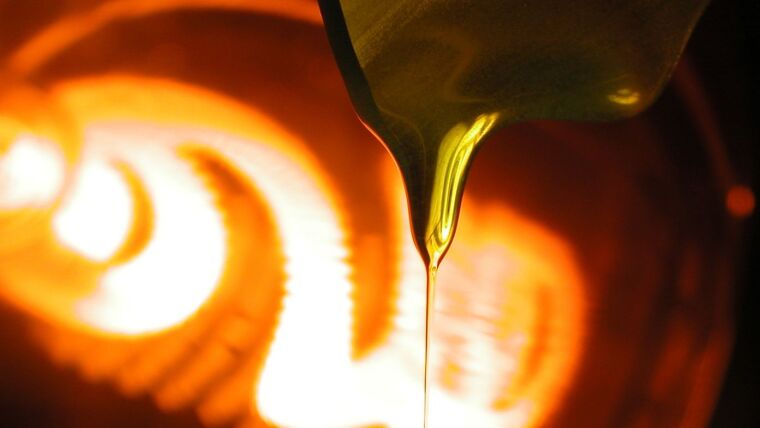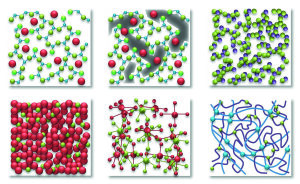
Prof. Lothar Wondraczek
Image: PrivateProf. Dr.-Ing. Lothar WONDRACZEK
Email: lothar.wondraczek@uni-jena.de
Phone: +49 3641-9-48500
Research Areas
Professor Wondraczek is Chair of Glass Chemistry II at the Otto Schott Institute of Materials and Research (OSIM) and coordinates the DFG priority program 1594. He is Chair of the committees Glass Transition of the International Commission on Glass (ICG) and Glasses and Optical Materials of the Germany Society of Materials Research, and is also council member of the German Society of Glass Science and Technology.
Prof. Wondraczek‘s research activities span all areas of experimental glass science with particular focus on the exploration and development of new glass and glass ceramic compositions and surface modification techniques. His main thrusts are the optical and mechanical properties of multi-component oxide, oxynitride and oxyhalide materials. He is exploring structure-property relations with the ultimate objective of providing topology-based tools for the description of noncrystalline solids. Research interests include:
- Glasses for applications in optics and energy technology
- Photoluminescence, magneto-optical materials, and fiber optics
- Relaxation processes in complex systems
Teaching Fields
Prof. Wondraczek teaches interdisciplinary materials science where he connects materials engineering, physics and chemistry. He gives courses in:
- Solid state kinetics and thermodynamics
- Composite and nanocomposite materials
- Glasses and optical materials
Research Methods
The laboratories led by Prof. Wondraczek offer state-of-the-art equipment for the fabrication and experimental characterization of glasses and other optical materials, including:
- Extensive glass melting capabilities
- High resolution static and dynamic luminescence spectroscopy, Raman and FTIR spectroscopy
- Advanced high-temperature processing (< 2200 °C), including nitridation and hydration
- Extensive thermoanalytics, including STA-MS, DSC, DTA, TGA, HP-TGA, DDSC
- Extensive nanomechanical testing, including indentation, nano-scratching, nano-bending, lateral nanotesting and tribological analyses
Topological engineering of glasses and other optical materials.
Illustration: Wondraczek research group.Recent Research Results
The primary mission of Prof. Wondraczek‘s team is to explore topology-based tools for the design of new inorganic glasses, glass ceramics and surface modification techniques. Thereby, the term topological engineering refers to a bottom-up approach of acquiring and applying knowledge of the short- and mid-range structural architecture to derive tools for materials design. Such tools are, e.g., potentials and spatial relations between constituents at the atomistic level [1, 2], the generic design of specific short- and mid-range topology, packing density, molecular interactions occurring at surfaces and their consequences on meso- and macro-scale processes. These tools are aimed at targeting material applications in the fields of optics and photonics, as well as in energy technology, architecture and for the automotive industry. Specifically, we are exploring and developing strategies with the goal of attaining glassy materials with superior mechanical resistance [1], optical fiber glasses and magneto-optical glasses [2, 4] and glasses for light conversion purposes [5]. At present, optical amplification for broadband telecommunication and new fiber lasers, solar spectral conversion for improved harvesting of sunlight and inorganic materials for transient optical storage via spectral hole burning techniques represent the thrusts of the group‘s activities in optics.
[1] Wondraczek et al., Adv. Mater. 23, 4578 (2011).
[2] Schmidt et al., Adv. Mater. 23, 2681 (2011).
[3] F. Angeli et al., Phys. Rev. B 85, 054110 (2012).
[4] Winterstein et al., Opt. Mater. Express 3, 184 (2013).
[5] Gao et al., J. Mater. Chem. 22, 25828 (2012).
link to the Laboratory of Glass Science at the Otto-Schott-Institute of Materials Research

